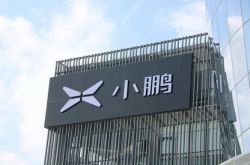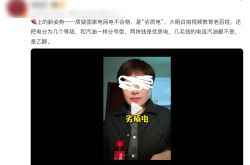Annual production and sales reach 10 million vehicles, marking a new beginning for China's new energy vehicles
![]() 12/04 2024
12/04 2024
![]() 668
668
Introduction | Lead
Recently, a new energy vehicle rolled off the production line at Dongfeng's Yunfeng Plant in Wuhan, marking a new era for China's new energy vehicle industry. China has become the first country in the world to produce 10 million new energy vehicles annually, signifying a monumental shift as China transitions from being a major automotive producer to a powerful automotive nation.
Produced by | Heyan Yueche Studio
Written by | Cai Jialun
Edited by | He Zi
Total words: 1726
Reading time: 3 minutes
It has taken nearly 30 years for China's new energy vehicle industry to reach the milestone of 10 million vehicles. From the birth of China's first pure electric vehicle in the 1990s to a production of only 18,000 vehicles in 2012, to surpassing 10 million this year, the rapid development of China's new energy vehicles has truly achieved a "corner overtaking," shocking the global automotive industry. However, amid a severe international environment and emerging trade barriers, China's new energy vehicles face both new opportunities and challenges as they strive for further improvement.

△ Dongfeng Automobile's Yunfeng Plant witnesses the milestone of 10 million new energy vehicles
Reshaping the Automotive Market Landscape
The dominance of joint venture vehicles in the market has been broken. Domestic new energy vehicles have surged ahead, with more affordable prices and richer configurations becoming the choice of more consumers, forcing joint venture vehicles to reduce their prices. Data shows that new energy vehicles have outsold gasoline vehicles for five consecutive months since July. BYD, in particular, has surpassed 500,000 vehicles sold in both October and November, and is expected to exceed 4 million vehicles sold for the first time this year.
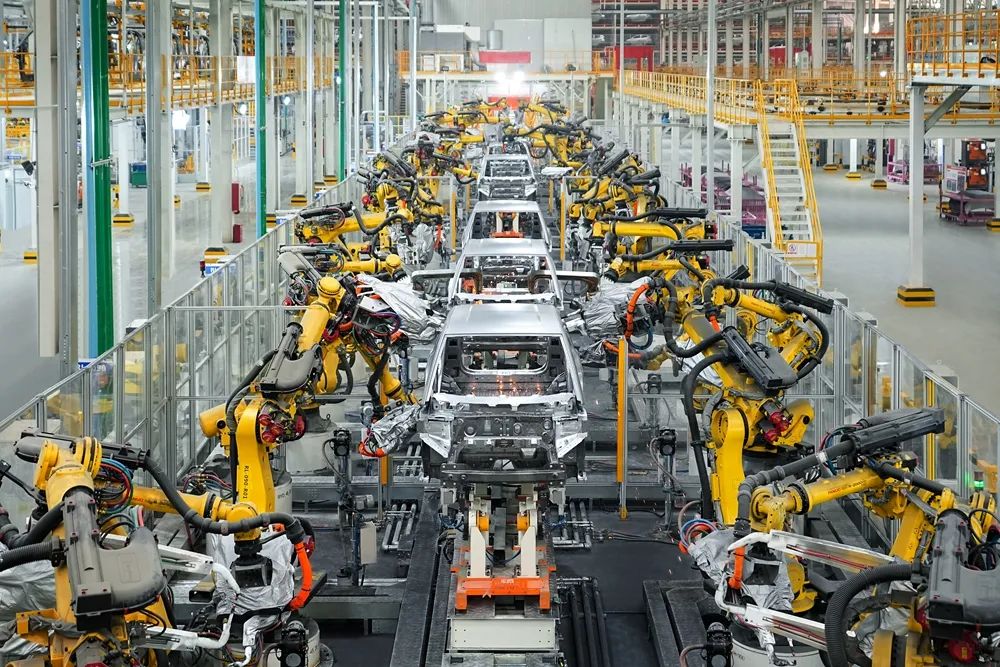
△ BYD New Energy Vehicle Factory
The development of China's new energy vehicles is inseparable from the collaborative efforts of three parties: policy measures issued by relevant government departments have provided a complete structural system for the domestic new energy vehicle industry. Substantial government subsidies in the early stages of development promoted the electrification transformation of domestic automakers. Domestic autonomous brands, represented by BYD, have continuously updated and iterated their technology, creating new energy vehicle models tailored to domestic consumers' needs. At the same time, the prices of domestic new energy vehicle models have continued to decline, breaking Tesla's pricing rules within a few years, with electric car prices dropping from over 200,000 yuan to below 200,000 yuan or even 100,000 yuan. These are the efforts made by autonomous brands. The domestic automotive industry has improved the local industrial chain and supply chain system, with more internet companies joining forces with new energy automakers to inject new vitality into the development of electrical architecture, smart cabins, intelligent driving, and other fields of new energy vehicles.
China's new energy vehicles are not only occupying the "territory" of gasoline vehicles in the domestic market but are also actively "stirring up the sea." In recent years, domestic new energy vehicles have performed exceptionally well in overseas markets, with more mature domestic new energy vehicles becoming popular overseas, especially in Southeast Asia and Europe. According to data from the China Automotive Technology and Research Center, from January to October this year, China exported 1.058 million new energy vehicles, a year-on-year increase of 6.3%. Going overseas has become a necessary path for domestic autonomous automakers to become international brands.
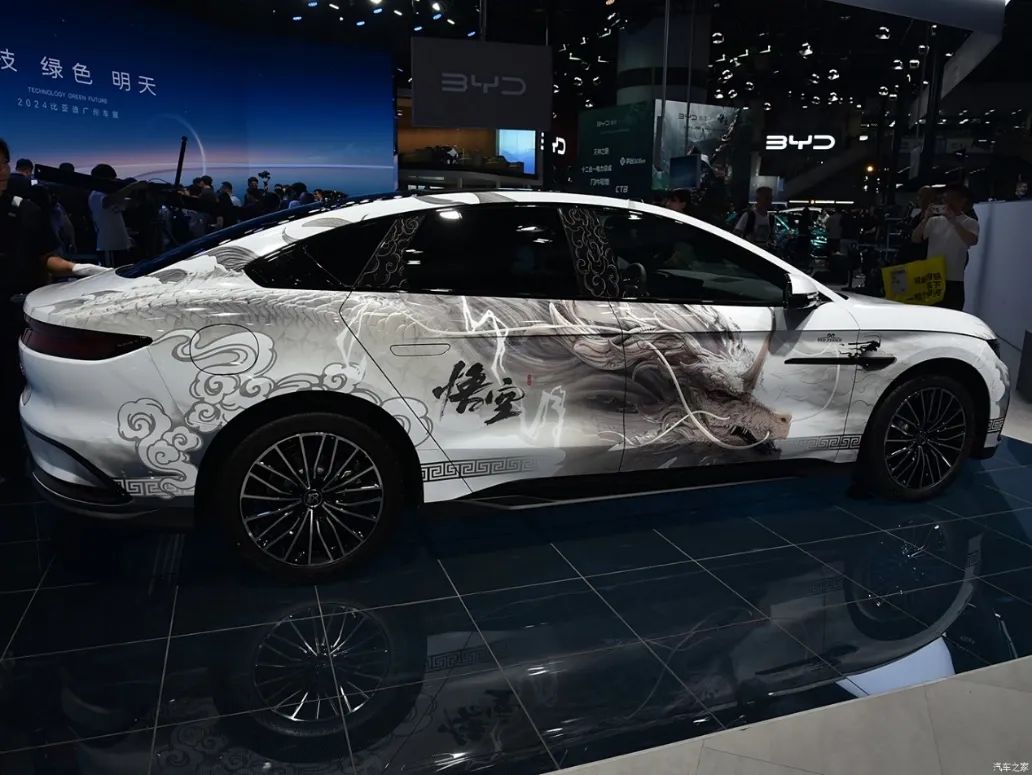
△ BYD's collaboration with "Black Myth: Wukong" shines overseas
How can China's new energy vehicles break through trade barriers and go global?
While the development of domestic new energy vehicles is in full swing and they are continuously expanding into overseas markets, Donald Trump's administration has had a significant impact on the automotive industry both domestically and internationally. This "tariff maniac" stated his intention to impose more tariffs to prevent other automakers from selling cars to the United States shortly before taking office in the White House. The United States is not the first region to express resistance to Chinese automakers. At the end of October, the European Union issued a final ruling on the anti-subsidy investigation of electric vehicles from China, imposing anti-subsidy duties ranging from 17% to 35.3% on electric vehicles imported from China, in addition to a basic tariff of 10%. Many Chinese electric vehicle companies exporting to the European Union need to pay a maximum tariff of 45.3%. Facing the EU's tariff barriers, Chinese automakers can only shift their focus to the Middle East and Southeast Asia. The United States has always been closed to Chinese new energy vehicle products. According to data from the China Passenger Car Association, China exported only 18,600 new energy vehicles to the United States in 2023, accounting for only 0.4% of total exports. Even if the United States continues to impose tariffs, it will not affect the number of Chinese new energy vehicles exported to the United States.
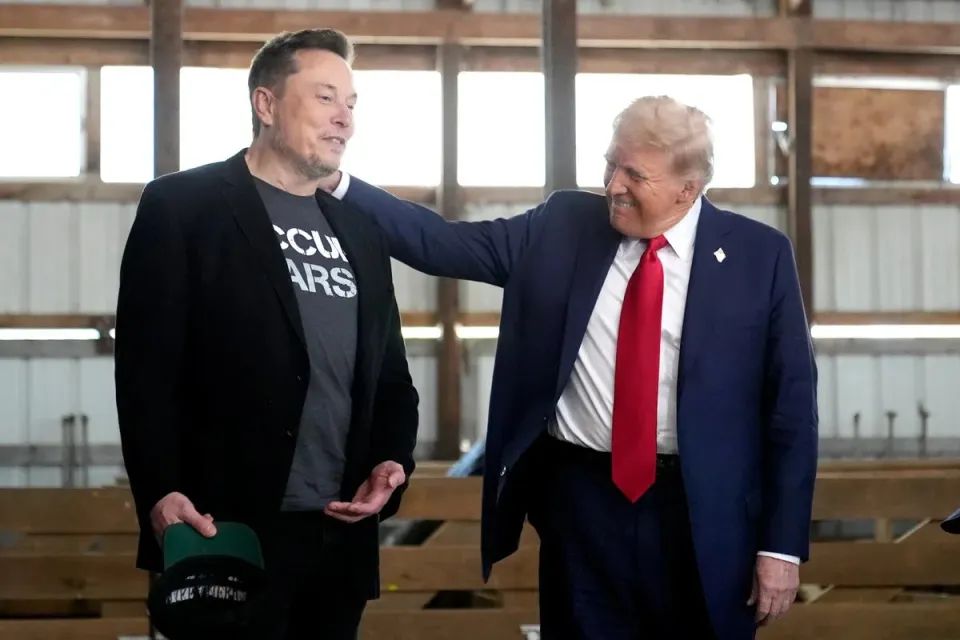
△ Trump imposes tariffs to protect local brands
Can we rest easy at the peak of production?
While the production figure of 10 million vehicles is impressive, can China's new energy vehicle industry truly rest easy? In fact, at the current stage, most new energy automakers have entered the deep waters of electrification transformation. From a technical perspective, issues such as battery safety and range anxiety for pure electric vehicles remain prominent, and the mass production of solid-state batteries for vehicles still requires time. In terms of infrastructure, there is a significant gap between the current charging and swapping network and the layout of traditional gas stations. The self-built charging stations of various automakers and third-party charging stations still cannot meet the charging demand of the vast new energy vehicle market. As the penetration rate of new energy vehicles continues to rise, a large number of consumers are faced with issues such as the need to replace expensive power batteries and the low resale value of used new energy vehicles. The earliest batch of consumers who "dared to be the first" have already encountered such problems, and more challenges and pain points will emerge in the future.
Commentary
China's annual production and sales of new energy vehicles surpassing 10 million for the first time is a new starting point. However, while embracing new opportunities, it will also face new challenges. On the one hand, the technology of the new energy vehicle industry still needs to be improved urgently. On the other hand, with the domestic market space for new energy vehicles in China becoming increasingly limited, there is an urgent need to go global. However, how to break through the high trade barriers will be a new challenge for Chinese new energy automakers.
(This article is originally created by Heyan Yueche and cannot be reprinted without authorization)



